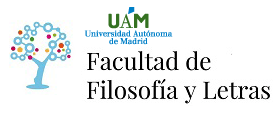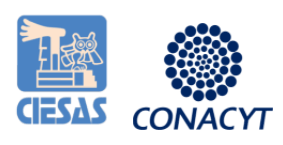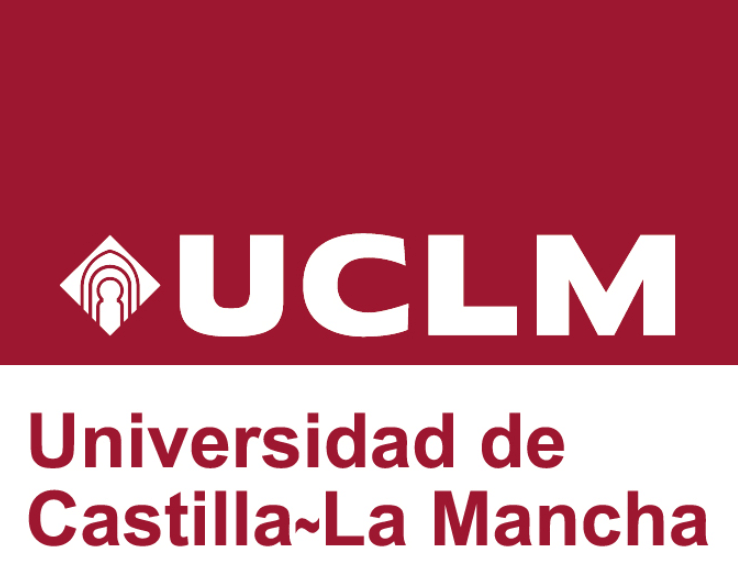CAVES, COSMOVISION AND SHIFTING COMMUNITY IDENTITY FROM THE FORMATIVE THROUGH POST-CLASSIC PERIODS IN THE BARRANCA DEL AGUILA, PUEBLA, MEXICO
The 1994-1998 Proyecto Acatzingo-Tepeaca settlement survey in Puebla, Mexico, identified a large number of cave sites utilized intermittently from the Formative Period through the Postclassic periods and into the present. Three cave complexes, located between Tepeaca and Acatzingo, each likely served as a “Chicomoztoc” for nearby communities and functioned, at least in part, to legitimate statements of community identity, land ownership and political rule. One of the most interesting concentrations of caves is located directly in the Barranca del Aguila, while a second series of caves is found about 100 meters to the west of the Barranca. The archaeological evidence recorded in the survey of these caves demonstrates the cave system in the Barranca del Aguila served as a focus for rituals during the Formative and Classic periods, associated with the large, nearby site of Xochiltenango. The second cave system to the west of the Barranca functioned as the focus for cave rituals beginning in the Postclassic Period, associated with the establishment of the community at Oxtotipan, located on the mesa directly above the caves. The initiation of cave rituals in the latter site occurred at about the same time that rituals diminished in the cave system in the Barranca del Aguila. This shift in cave ritual over time demonstrates the importance of the caves as an indicator of community identity. Lastly, this presentation associates the caves in the Barranca del Aguila with surface architecture, summarizes their chronological placement vis-à-vis ceramic collections, and discusses their symbolic significance with regard to ancient Central Mexican cosmovision.
(*)El autor o autora no ha asociado ningún archivo a este artículo









